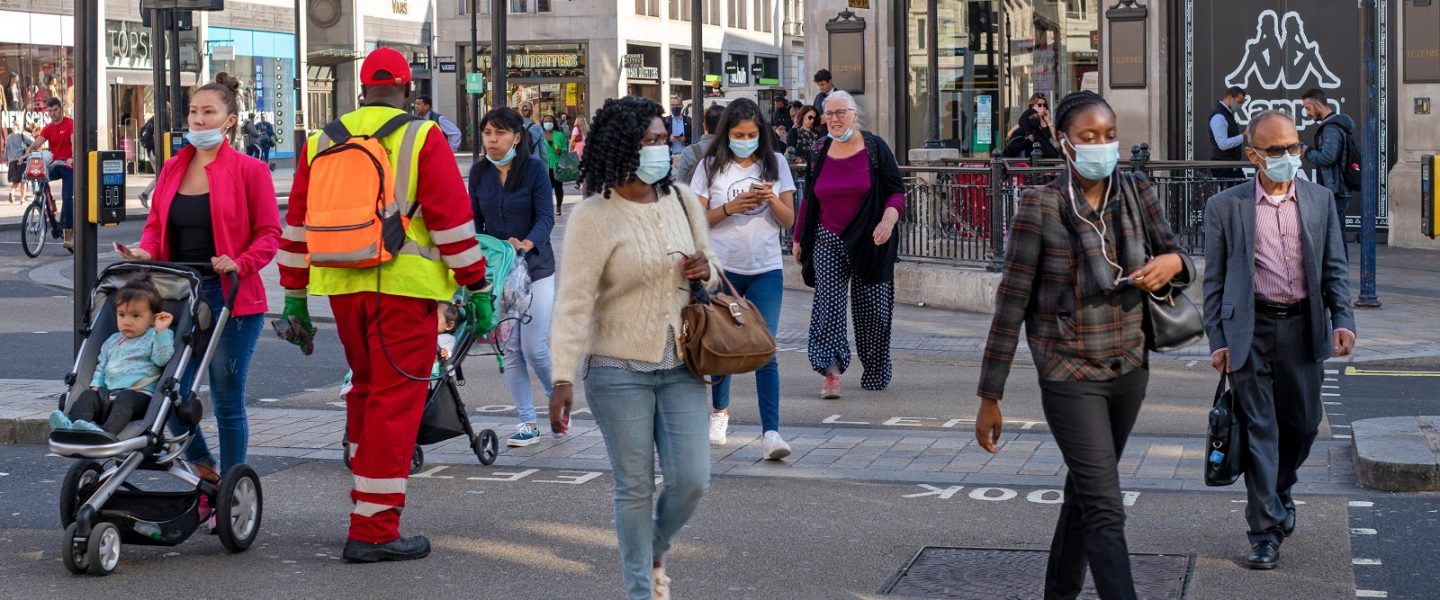After a third round of lockdowns, the UK is reopening, but continued mitigation strategies and adherence to vaccine distribution plans are vital.
The vibrant student city of Manchester, UK, remains uncharacteristically dark. Normally home to nearly 400,000 students across 20 different colleges and universities, the once-bustling town was muffled when its educational institutions closed, forcing most of its young residents to return home to their families.
Due to the pandemic, this was the state of the city for much of the past year. Only recently were students able to return to reopened university halls as England began to gradually lift its third round of lockdown restrictions. Soon small outdoor gatherings (fewer than six people) and other open-air activities will be allowed. The country’s reopening is largely due to an increase in vaccine distribution, a decrease in new COVID-19 cases, and the absence of any new viral strains.
The one-millionth vaccine dose was administered this week in Manchester, contributing to the over 26 million first doses of the vaccine that have been given to UK residents since the beginning of January 2021.
With that said, the UK is not out of the woods. There has been pressure to quell the spread of yet another COVID-19 wave, with the UK surpassing 4.2 million total cases and 146,487 deaths. Over the past week, Manchester alone saw a 14.9 percent increase in its COVID-19 infection rate, which is why continued mitigation techniques and a stable vaccine distribution plan are vital.



